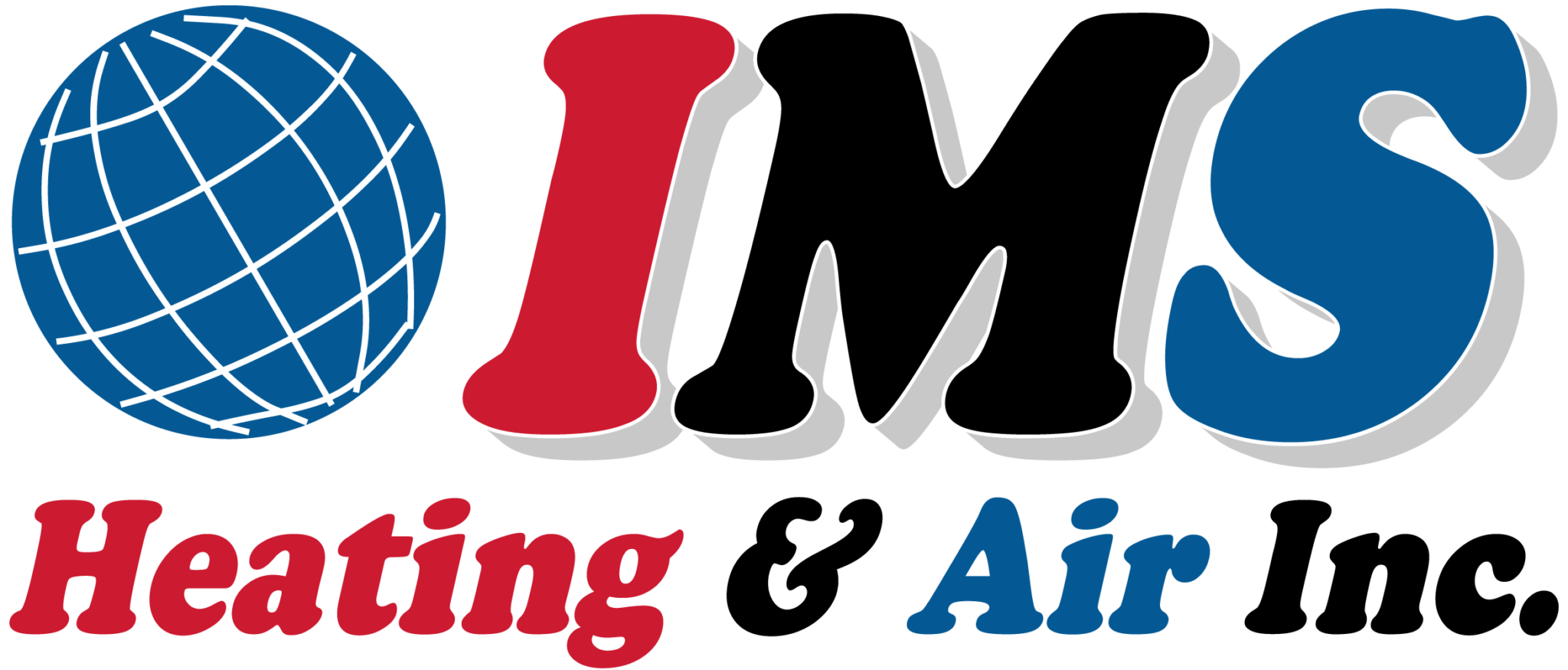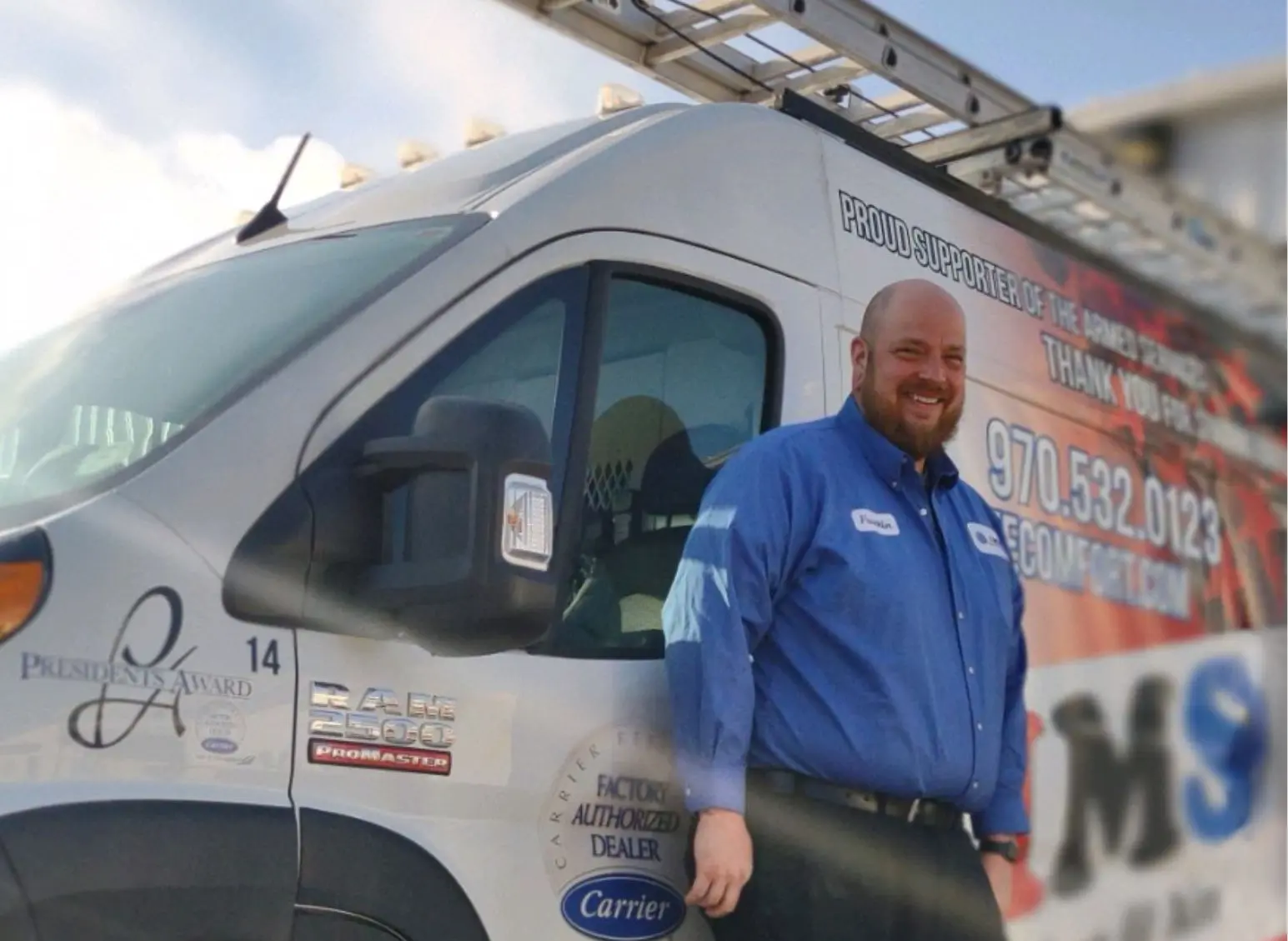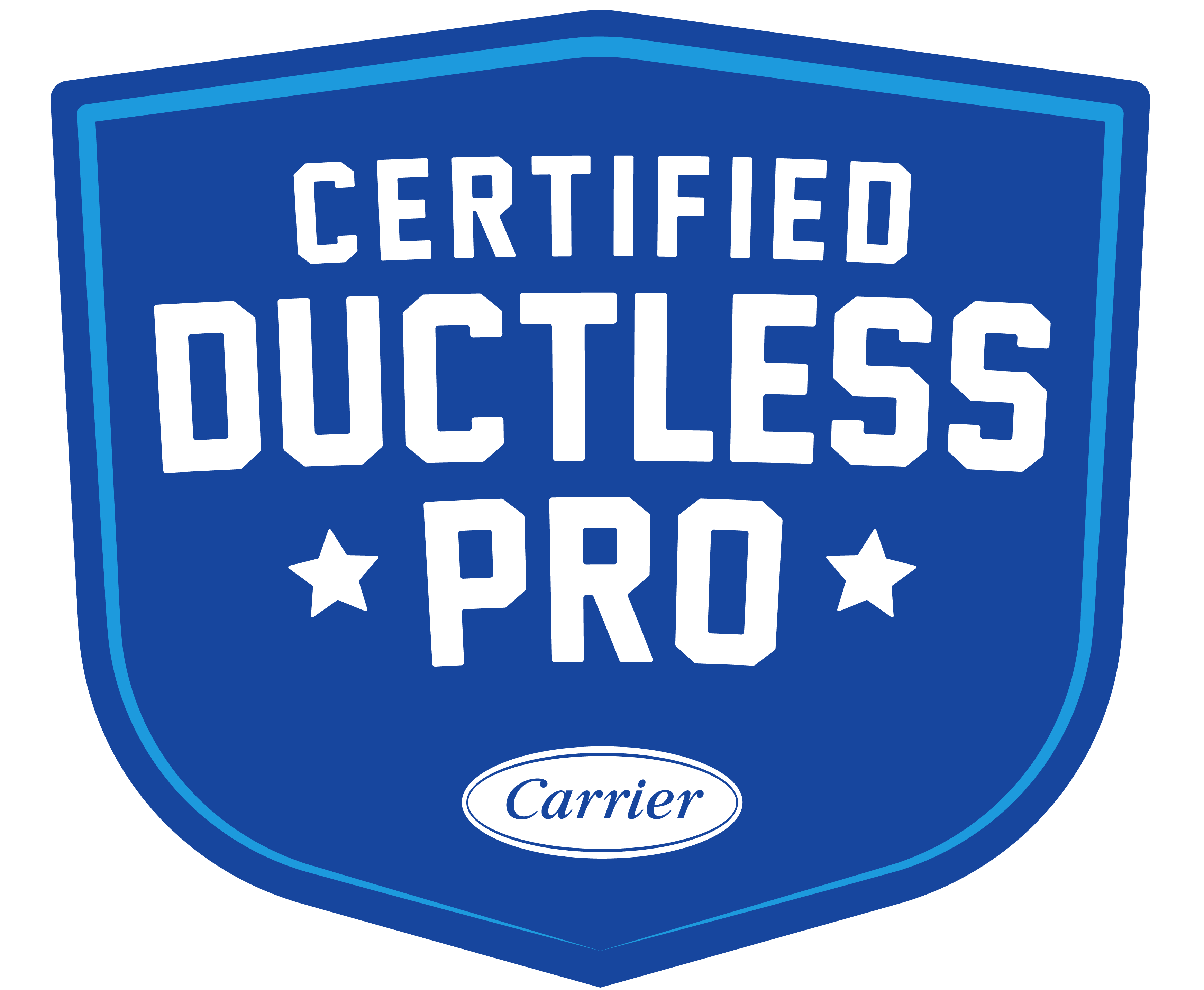As the temperature dips and the chill sets in, residents of Greeley, Colorado, brace themselves for some of the coldest days of the year. Known for its fluctuating weather, Greeley can experience freezing temperatures, snowstorms, and frosty nights during the winter months. When the mercury drops, nothing is more important than having a furnace that works efficiently to keep your home warm and comfortable.
But what happens when your furnace decides to act up? Whether you’re waking up to a chilly house or suddenly facing an unexpected cold spell, furnace issues can be a major headache. The good news is that many common furnace problems can be diagnosed and fixed with a bit of knowledge and a little troubleshooting. In this blog, we’ll walk you through the most frequent furnace issues homeowners in Greeley may face during the colder months and provide you with practical tips to troubleshoot these problems before you need to call in the professionals.
Understanding Your Furnace: A Quick Overview
Before diving into troubleshooting, it’s helpful to understand the basic workings of your furnace. At its core, your furnace is designed to circulate warm air through your home to maintain a comfortable temperature. It does this by heating air in a combustion chamber or an electric element, and then distributing the warm air through your home via ducts. When everything is working correctly, your furnace should run efficiently, keeping your indoor climate cozy without overworking the system.
However, like any appliance, furnaces can run into trouble. If you know what signs to look for and what steps to take, you can often resolve minor issues on your own. Let’s explore some of the most common furnace problems Greeley homeowners might face during the colder months.
1. Furnace Won’t Turn On
Possible Causes:
- Thermostat Issues: The most common culprit behind a furnace not turning on is a malfunctioning thermostat. If your thermostat is set to the wrong temperature or has a dead battery, it may prevent the furnace from starting.
- Power Supply Problems: Another simple but often overlooked issue is a lack of power. Check if your furnace’s power switch is turned on or if a circuit breaker has tripped.
- Pilot Light or Ignition Failure: For older furnaces with a pilot light, a flickering or out pilot light could be the reason your furnace isn’t starting. For newer systems, ignition problems might cause the same issue.
Troubleshooting Steps:
- Check the Thermostat: Make sure the thermostat is set to “heat” and the temperature is higher than the current room temperature. Also, try replacing the batteries if the display is blank or not responding.
- Inspect the Power Source: Verify that the furnace is plugged in, and check the circuit breaker for any tripped switches. Reset the breaker if necessary.
- Examine the Pilot Light or Ignition: If your furnace uses a pilot light, check to see if it’s lit. If it’s out, you may need to relight it following the manufacturer’s instructions. For ignition-based systems, the problem could be more complex and may require a technician’s expertise.
2. Furnace Is Blowing Cold Air
Possible Causes:
- Thermostat Settings: A common reason for blowing cold air is the thermostat being set to “cool” instead of “heat.” Double-check your settings.
- Dirty Air Filter: When an air filter is clogged with dirt and debris, it can block airflow, causing the furnace to work inefficiently and even blow cold air.
- Gas Supply Issues: If your furnace runs on gas, an interruption in the gas supply could cause it to blow cold air.
Troubleshooting Steps:
- Check the Thermostat: Ensure that the thermostat is correctly set to “heat” mode, and the temperature is higher than the current room temperature.
- Change the Air Filter: A dirty air filter can restrict airflow, causing the furnace to overheat and blow cold air. Replacing the air filter is an easy and inexpensive way to improve efficiency.
- Inspect the Gas Supply: Ensure the gas valve is open and check if there are any issues with the gas supply. If the gas is turned off, your furnace will not heat.
3. Furnace Is Making Strange Noises
Possible Causes:
- Squealing or Whining Sounds: A high-pitched sound may indicate a problem with the furnace’s blower motor or belt.
- Rattling or Banging: Rattling noises might be caused by loose components or ductwork, while banging sounds could point to a delayed ignition problem.
- Clunking Sounds: If you hear a clunking noise, it may be caused by debris in the blower fan or a malfunctioning motor.
Troubleshooting Steps:
- Inspect the Blower Motor: If your furnace is making a squealing noise, the blower motor or fan belt might be in need of lubrication or repair. If you’re not comfortable doing this yourself, it’s time to call a professional.
- Check for Loose Parts: Tighten any loose screws or bolts on the furnace casing. Ensure that the furnace panels and ductwork are securely fastened.
- Examine the Ductwork: Check the ductwork for any gaps or loose connections that might be causing rattling noises.
4. Furnace Is Short Cycling
What Is Short Cycling?
Short cycling occurs when your furnace turns on and off frequently without completing a full heating cycle. This can be frustrating and will result in uneven heating, higher energy bills, and unnecessary wear on your furnace.
Possible Causes:
- Overheating: If the furnace is overheating, the safety limit switch will shut it down to prevent damage. Overheating is often caused by a dirty air filter, blocked vents, or inadequate airflow.
- Improper Thermostat Location: If the thermostat is installed too close to a heat source, such as a draft or direct sunlight, it may register incorrect temperatures and trigger short cycling.
- Faulty Components: Malfunctioning parts such as the flame sensor or limit switch can also cause short cycling.
Troubleshooting Steps:
- Change the Air Filter: A clogged filter can restrict airflow and cause the furnace to overheat. Make sure to replace the filter regularly, typically every 1-3 months.
- Ensure Proper Ventilation: Check that vents and registers are not blocked by furniture or debris. Also, ensure that the return air ducts are unobstructed.
- Check the Thermostat’s Placement: Make sure the thermostat is installed away from heat sources or drafts, and try relocating it if necessary.
- Consult a Professional: If the problem persists, it could be due to faulty internal components. A licensed HVAC technician will need to diagnose and repair the furnace.
5. Furnace Is Constantly Running
Possible Causes:
- Thermostat Settings: If your thermostat is set to a temperature that is too high or is malfunctioning, it could cause the furnace to run continuously.
- Faulty Limit Switch: A defective limit switch can keep the furnace running, even when it’s not needed.
- Clogged Air Filter: Just like in the case of short cycling, a clogged air filter can restrict airflow and cause the furnace to overheat, making it run longer than necessary.
Troubleshooting Steps:
- Adjust the Thermostat: Ensure the thermostat is set to an appropriate temperature and is functioning correctly. Consider recalibrating the thermostat if needed.
- Replace the Air Filter: A dirty filter can lead to continuous furnace operation. Changing the filter should resolve this issue.
- Check the Limit Switch: If the furnace continues to run without turning off, a faulty limit switch could be the cause. Have an HVAC technician inspect and replace it if necessary.
When to Call the Professionals
While many furnace issues can be resolved through troubleshooting, there are certain situations where it’s best to call in a professional. If you’ve tried the basic troubleshooting steps without success or if you’re unsure about working with your furnace, it’s time to contact an expert.
Some red flags that warrant professional help include:
- Persistent or worsening problems after troubleshooting
- Strong gas odors or strange smells
- Electrical issues or exposed wires
- Furnace age and wear (10+ years)
For Heating Services in Greeley, CO, Contact IMS Heating & Air Inc. Today
As temperatures in Greeley can quickly plummet, you need a heating system that you can rely on. At IMS Heating & Air Inc., we specialize in diagnosing and repairing furnace issues, ensuring your home stays warm all winter long. Whether you’re facing a furnace that won’t turn on, strange noises, or short cycling, our skilled technicians have the experience and knowledge to get your system back up and running quickly and efficiently.
Don’t let furnace problems ruin your winter—contact IMS Heating & Air Inc. today for expert heating services. Our team is dedicated to providing high-quality repairs, maintenance, and installations, keeping your home comfortable and safe all season long. Reach out now and let us take the stress out of your winter heating woes.





